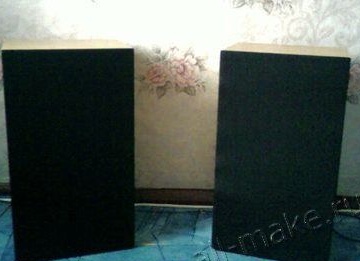
This article will describe and show how to make a three-way speaker system of satisfactory quality from various old parts of Soviet sound speakers and electrical components. The main task of the author during the assembly of the system was the desire to make a quality thing at the lowest possible price.
Materials and parts that were used to assemble the three-way speaker system:
25dg low-frequency speakers26
- medium frequency speakers
- tweeters 10gdv-35
filter from c90
-cases of other sound devices
-wooden bars
-bolts, screws
-PVA glue
-sandpaper
-Chipboard
-primer
sealant
-various tools
and other details that you may notice in the photographs below.
Let us consider in more detail what exactly led the author to do this homemade, as well as the process of assembling a three-way speaker system.
Currently, in stores selling electronics you can find a huge selection of a variety of speakers, including active ones. But the budget price category of such systems, despite its pleasant appearance, basically does not have a good sound, which does not reach the time-tested Soviet speakers, such as C30 and C50.
Therefore, the goal of this project was to create a solid home-made speaker system that will work reliably and have decent sound performance, while spending a minimal amount of money using parts that can be obtained at the lowest prices at flea markets. As a result, having collected all the necessary materials, the author proceeded to create his own speaker system.
The foundation of any speaker system is the speakers. The speakers, which the author managed to get, were in a shabby condition, as the mid-range speakers, for example, were taken from an outdated radio that had not been used for about 20 years and all this time was in the attic of an author's friend. Approximately the same situation was with the high-frequency speakers, which were taken from the c90 system, like some other details. Therefore, the first thing the author started to update them and bring them into proper working condition. For example, the low-frequency speakers 25gd26 were assembled from several pieces, while the coils, of course, were rewound. For their winding, the wire of the maximum possible diameter was used, and the conductive pigtails were made longer, which ultimately responded positively to the clarity of sound.
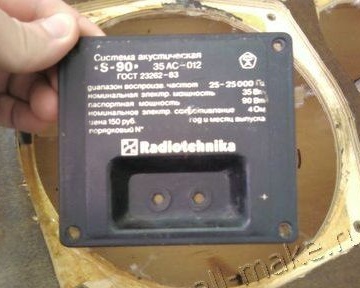

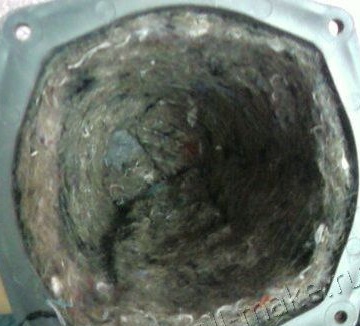
When the main functional part of the future speaker system was put in order, the author set about creating a case suitable for this system. As materials for the system case, parts of the case of various acoustic devices and, in particular, the author's past home-made products, were used. These cases were disassembled, after which they were cleaned from the edge for subsequent new assembly.
The work carried out on the creation of the body is well reflected in the photographs given.
To fasten various parts of the body, both PVA glue and self-tapping screws with bars were used.
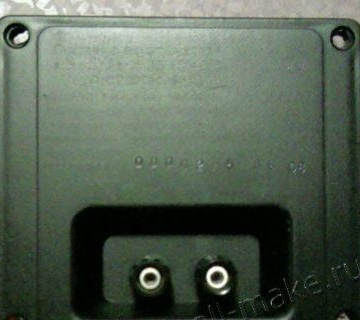
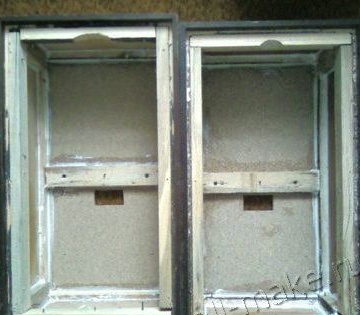 [
[
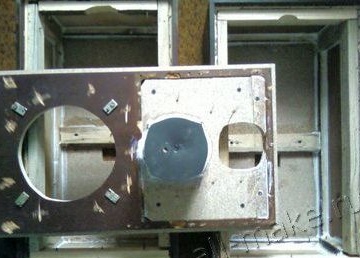
The back wall of the system case was assembled from a part of the case of another device and a chipboard sheet. As a result, the wall turned out to be about 40 mm thick and was further strengthened. As an additional rigidity, a transverse rail was used, which served as a kind of rib.
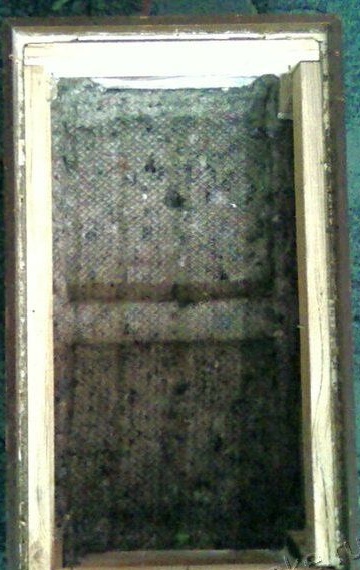
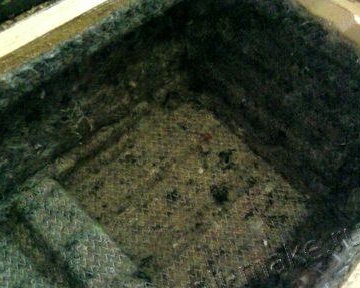
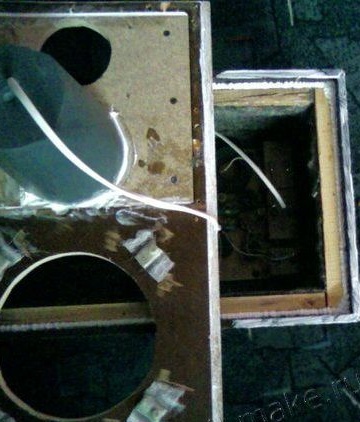


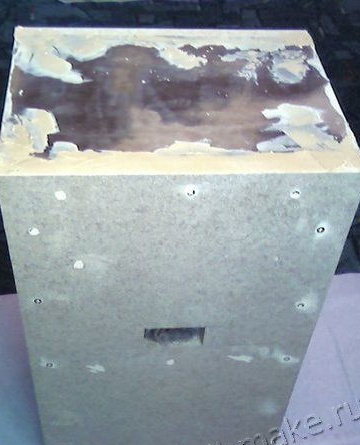

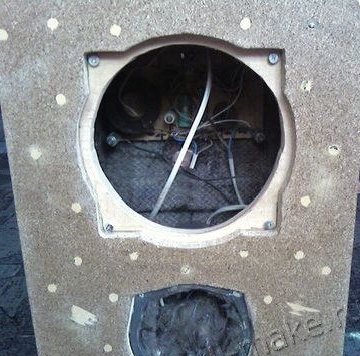
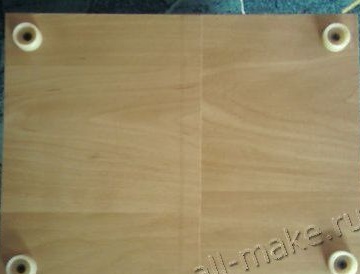

All details were sanded, the case itself was puttied and greased with sealant. Primer and pasting of the device case were also carried out. In addition, in order to reduce vibration during operation of the device, the inside of the case was batting.
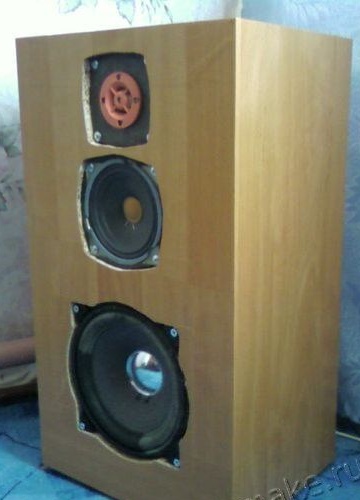
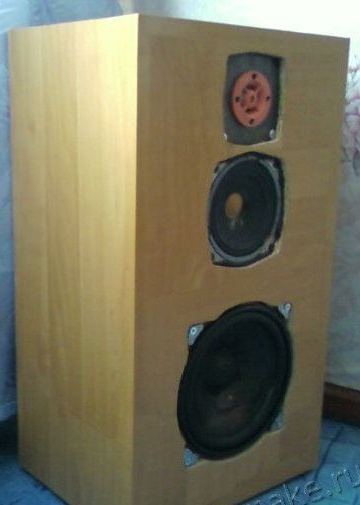
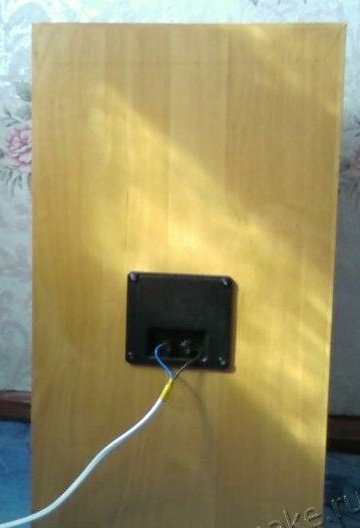
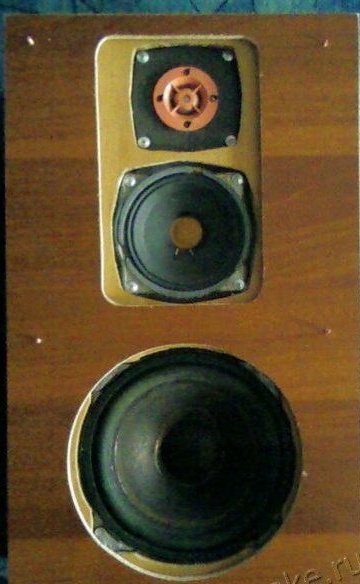
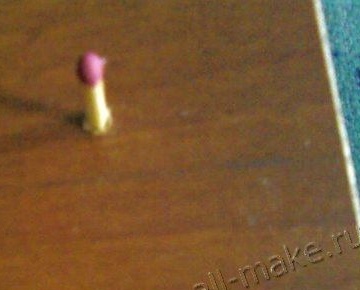

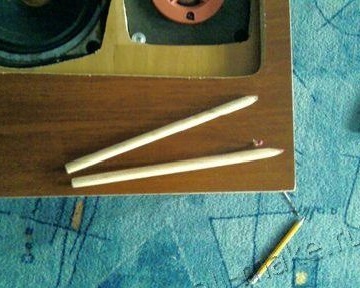
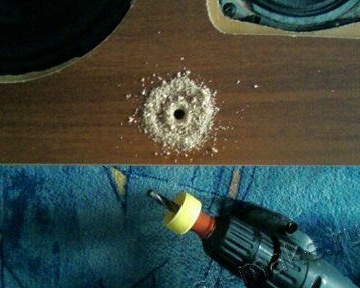
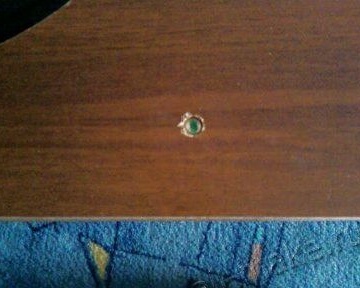
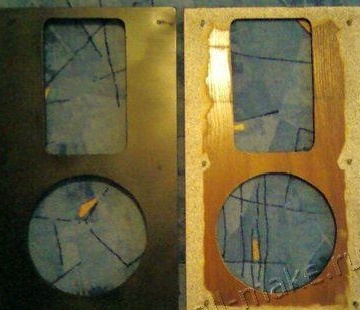

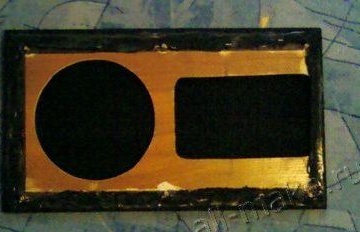
As a result, the resulting system, according to the subjective assessment of the author himself, easily re-plays such systems as “microlab solo 6” and many other analogues of this price category and not only.

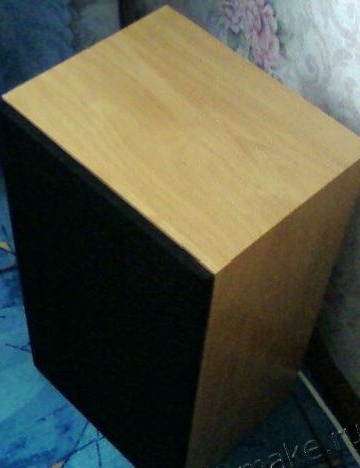
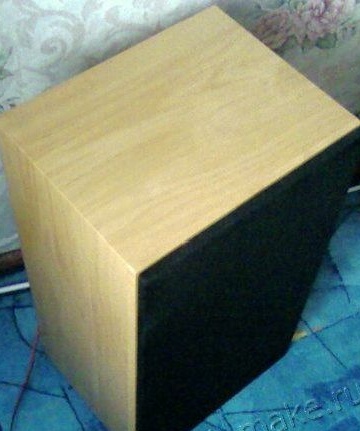

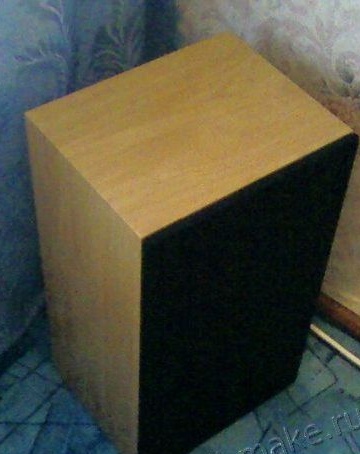
The sound itself is quite clear, and the mid-range speakers sound good. There are also enough tweeters. Woofers also sound quite clearly and do not smear the sound a lot thanks to ZY.
Power at rated loads is about 25 watts, and the maximum is about 70 watts, while the speakers worked just as clearly. Thus, in comparative tests, the system proved to be much better than with 50.
Therefore, all music lovers who are versed in electronics and having a sufficient amount of time, the author advises to try to assemble a similar system by yourself and make sure of the possibility of high-quality sound at a low price. In addition, things created do it yourself, are valued more for both himself and others, the author believes.
Do not forget to share your comments and ideas regarding the improvement of the system or its alteration in the comments, as your advice may well be useful for people who also decided to create an acoustic system with their own hands.
